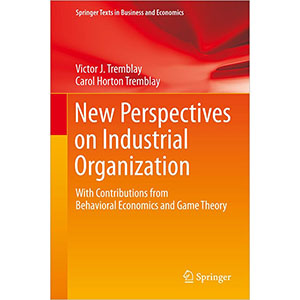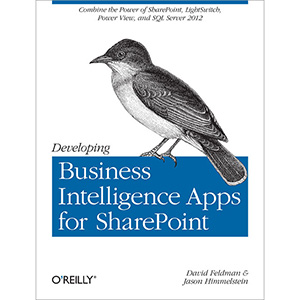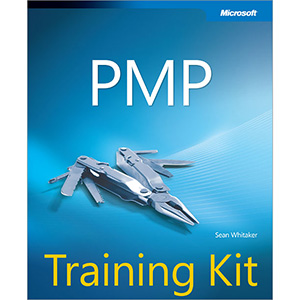New Perspectives on Industrial Organization

This book covers the main topics that students need to learn in a course on Industrial Organization. It reviews the classic models and important empirical evidence related to the field. However, it will differ from prior textbooks in two ways. First, this book incorporates contributions from behavioral economics and neuroeconomics, providing the reader with a richer understanding of consumer preferences and the motivation for many of the business practices we see today. The book discusses how firms exploit consumers who are prone to making mistakes and who suffer from cognitive dissonance, attention lapses, and bounded rationality, for example and will help explain why firms invest in persuasive advertising, offer 30-day free trials, offer money-back guarantees, and engage in other observed phenomena that cannot be explained by the traditional approaches to industrial organization.
A second difference is that this book achieves a balance between textbooks that emphasize formal modeling and those that emphasize the history of the field, empirical evidence, case studies, and policy analysis. This text puts more emphasis on the micro-foundations (i.e., consumer and producer theory), classic game theoretic models, and recent contributions from behavioral economics that are pertinent to industrial organization. Each topic will begin with a discussion of relevant theory and models and will also include a discussion of concrete examples, empirical evidence, and evidence from case studies. This will provide students with a deeper understanding of firm and consumer behavior, of the factors that influence market structure and economic performance, and of policy issues involving imperfectly competitive markets. The book is intended to be a textbook for graduate students, MBAs and upper-level undergraduates and will use examples, graphical analysis, algebra, and simple calculus to explain important ideas and theories in industrialorganization.
Table of Contents
Chapter 1. Introduction
Chapter 2. Demand, Technology, and the Theory of the Firm
Chapter 3. Introductory Game Theory and Economic Information
Chapter 4. Behavioral Economics
Chapter 5. Perfect Competition and Market Imperfections
Chapter 6. Monopoly and Monopolistic Competition
Chapter 7. Product Differentiation
Chapter 8. Market Structure, Industry Concentration, and Barriers to Entry
Chapter 9. Cartels
Chapter 10. Quantity and Price Competition in Static Oligopoly Models
Chapter 11. Dynamic Monopoly and Oligopoly Models
Chapter 12. Market Power
Chapter 13. Product Design, Multiproduct Production, and Brand Proliferation
Chapter 14. Price Discrimination and Other Marketing Strategies
Chapter 15. Advertising
Chapter 16. Advertising and Welfare
Chapter 17. Technological Change, Dynamic Efficiency, and Market Structure
Chapter 18. Horizontal, Vertical, and Conglomerate Mergers
Chapter 19. Efficiency, Equity, and Corporate Responsibility in Imperfect Competition
Chapter 20. Antitrust Law and Regulation
Chapter 21. Industry and Firm Studies
Book Details
- Hardcover: 837 pages
- Publisher: Springer (July 2012)
- Language: English
- ISBN-10: 1461432405
- ISBN-13: 978-1461432401














